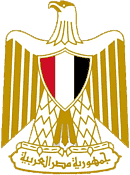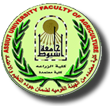The study was conducted at the University of Baghdad (Aljadiria) by taking samples from three sites (water environments) per week, which are the stagnant water environment (Site A), the water table (Site B) and the water basin (Site C) for the purpose of studying the population density of mosquitoes and their accompanying predators. The results showed that the population density of mosquito larvae was the highest in the stagnant water environment (Site A), followed by the water table (Site B), and then the water basin (Site C). As for predators, the results indicated that small water bugs were more present in site A and in large numbers, followed by small tremors, then Gambusia fish, while large tremors and large water bugs were relatively few. It was found that using clove extract (Syzygium aromaticum) reduced mosquito larvae by 100%, at highest concentrations 10 and15% , the mortality was 100% after 2 hours. Plus, it was found that apple of sodom extract (Calotrpis procera) affected the second and fourth instars less than cloves extract. The lantana extract (Lantana camara) was the least effective extract against mosquito larvae.
ملخص البحث
تاريخ البحث
مجلة البحث
International Journal of Food Science, Nutrition Health and Family Studies
المشارك في البحث
الناشر
Egypt Future Foundation in co-operation with the Italian Cultural Institute.
عدد البحث
4(1)
موقع البحث
https://ijfsnh.journals.ekb.eg/article_188539.html
سنة البحث
2021
صفحات البحث
1-18
 هل لديك سؤال ؟
هل لديك سؤال ؟
